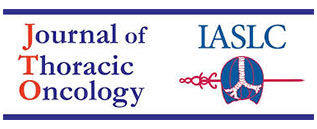Lung Cancer in Hungary
Krisztina Bogos, Zoltán Kiss, Gabriella Gálffy, Lilla Tamási, Gyula Ostoros, Veronika Müller, László Urbán, Nóra Bittner, Veronika Sárosi, Aladár Vastag, Zoltán Polányi, Zsófia Nagy-Erdei, Zoltán Vokó, Balázs Nagy, Krisztián Horváth, György Rokszin, Zsolt Abonyi-Tóth, Zsófia Barcza, Judit Moldvay
Introduction
Hungary is a Central European country with approximately a population of 10 million. In the past 3 decades, Hungary has made the transition from a centrally planned economy to a market-driven, high-income mixed economy with a nominal per capita income of $31,900 (adjusting to purchasing power parity) reaching approximately twothirds of the European union (EU)-28 average. Healthcare is mainly financed through compulsory social insurance covering almost 100% of the population. Governmental health spending per capita was $1439, accounting for 4.6% of the GDP in 2018, which amounted to half of the average spent in EU-28 countries. Life expectancy at birth increased from 69.3 since 1990 to 75.9 in 2017 overall but showed significant differences by sex: Hungarian men can expect 72.5 years, whereas the women can expect 79.3 years of longevity, both below the EU-28 average of 78.3 and 83.7 years, respectively. Hungary’s Health Development Index value for 2017 was 0.838, which placed the country in the very high human development category, 45th out of 189 countries and territories, and 22nd in the EU-28, according to the United Nations Development Programme.

